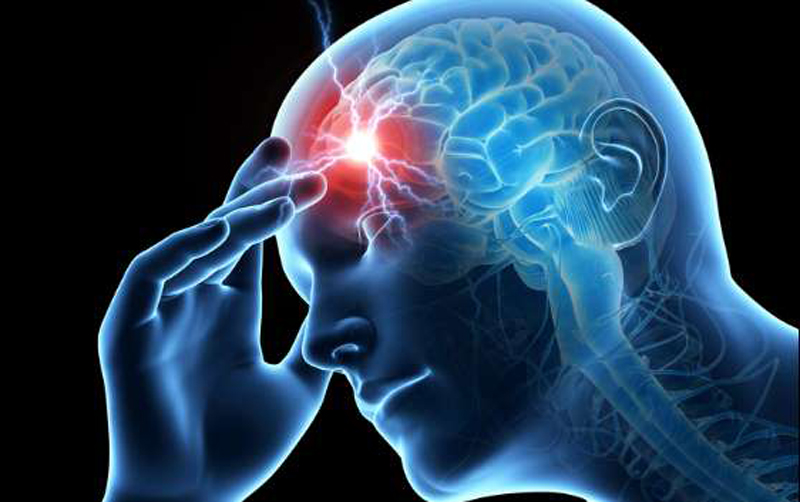The Physical Impact of Migraines on Female Chiropractic Patients: A Qualitative Study
The Physical Impact of Migraines on Female Chiropractic Patients: A Qualitative Study
SOURCE: Health SA 2023 (Oct 25): 28: 2283
| OPEN ACCESS |
Ashalya Pirthiraj and Raisuyah Bhagwan
Department of Chiropractic,
Faculty of Health Sciences,
Durban University of Technology,
Durban, South Africa.
Background: Migraines are highly prevalent among the female population and have a significant burden on one’s quality of life and physical functioning.
Aim: The study explored the physical impact and contributory factors of migraines on women and their experience of chiropractic treatment for migraine pain management.
Setting: The study was conducted in the eThekwini region of KwaZulu-Natal, South Africa.
Methods: The study used a qualitative descriptive design and adopted purposive sampling. The data were collected through 12 semi-structured interviews, between March and September 2021, and analysed using thematic analysis.
There are more articles like this @




